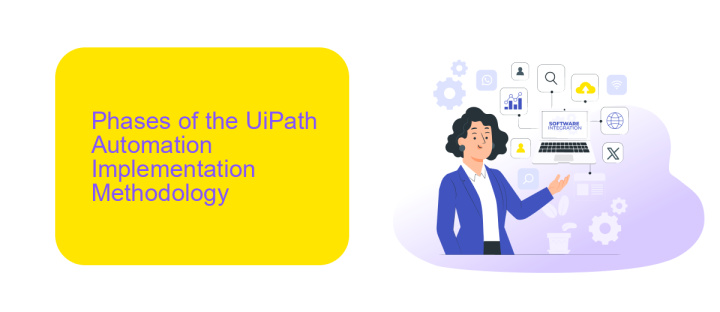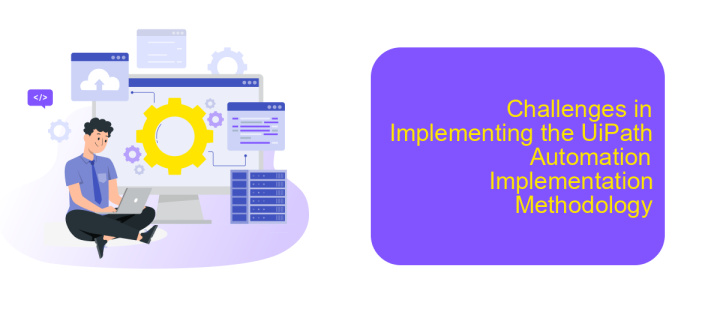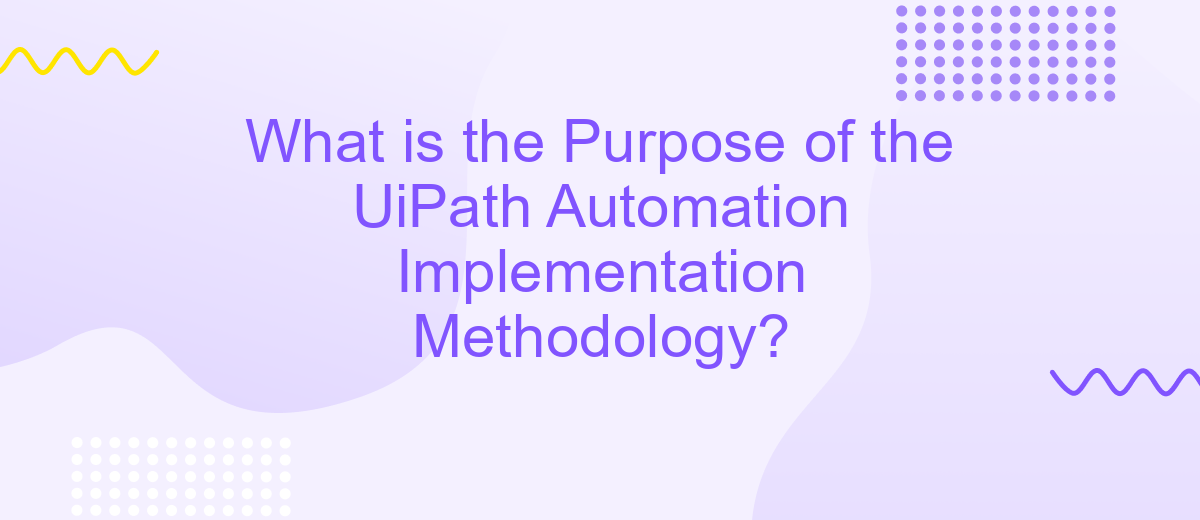What is the Purpose of the UiPath Automation Implementation Methodology?
The UiPath Automation Implementation Methodology serves as a structured framework to guide organizations in deploying robotic process automation (RPA) effectively. By adhering to this methodology, businesses can ensure a streamlined, efficient, and scalable automation journey. This article explores the purpose of this methodology, highlighting its key components and the benefits it brings to the automation landscape.
Introduction
UiPath Automation Implementation Methodology is a structured approach designed to streamline the deployment and integration of robotic process automation (RPA) within an organization. This methodology ensures that automation projects are executed efficiently, minimizing risks and maximizing return on investment. By adhering to a standardized process, businesses can achieve consistent and high-quality outcomes.
- Assessment: Evaluate current processes to identify automation opportunities.
- Design: Develop a comprehensive automation strategy and blueprint.
- Development: Build and test automation workflows.
- Deployment: Implement and monitor the automated processes.
- Optimization: Continuously improve and refine automation solutions.
An essential aspect of this methodology is the integration of various tools and services to enhance automation capabilities. For instance, ApiX-Drive facilitates seamless integration between different software systems, enabling smooth data transfer and communication. By leveraging such services, organizations can ensure that their automation solutions are robust, scalable, and adaptable to changing business needs.
Phases of the UiPath Automation Implementation Methodology

The UiPath Automation Implementation Methodology is structured into several distinct phases to ensure a seamless and efficient automation journey. The initial phase involves the Discovery and Assessment stage, where business processes are identified and evaluated for automation potential. This is followed by the Design and Planning phase, which includes creating detailed workflows and mapping out the automation strategy. During this phase, integration requirements are also assessed, and tools like ApiX-Drive are considered to facilitate seamless data exchange between different systems.
The next phase is Development and Testing, where automation scripts are created, tested, and refined to ensure they meet the desired outcomes. This is followed by the Deployment phase, where the automation solutions are rolled out into the production environment. Finally, the Monitoring and Maintenance phase ensures that the automation continues to run smoothly and any issues are promptly addressed. Throughout these phases, continuous feedback and iterative improvements are crucial to optimizing the automation processes and achieving the desired business outcomes.
Benefits of the UiPath Automation Implementation Methodology

The UiPath Automation Implementation Methodology offers a structured approach to deploying automation solutions, ensuring efficiency and consistency across projects. By following this methodology, organizations can streamline their automation initiatives and achieve higher levels of productivity.
- Standardization: The methodology provides a standardized framework, which helps in maintaining uniformity across different automation projects.
- Risk Mitigation: By following a systematic approach, potential risks and issues can be identified and addressed early in the implementation process.
- Scalability: The methodology supports scalable solutions, allowing organizations to expand their automation efforts as needed.
- Integration Capabilities: Utilizing services like ApiX-Drive, the methodology ensures seamless integration with various systems, enhancing the overall functionality of automation solutions.
- Continuous Improvement: The iterative nature of the methodology promotes continuous improvement and optimization of automation processes.
Incorporating the UiPath Automation Implementation Methodology into your organization not only enhances the efficiency of automation projects but also ensures that they are scalable, standardized, and integrated seamlessly with existing systems. This structured approach ultimately leads to more reliable and effective automation solutions.
Challenges in Implementing the UiPath Automation Implementation Methodology

Implementing the UiPath Automation Implementation Methodology can be a complex endeavor, fraught with various challenges. One of the primary hurdles is the initial setup and configuration of the automation environment, which requires a deep understanding of both the UiPath platform and the specific business processes to be automated.
Another significant challenge is ensuring seamless integration with existing systems and software. This often involves dealing with legacy systems that may not readily support modern automation tools, necessitating customized solutions and extensive testing.
- Compatibility issues with legacy systems
- Lack of skilled personnel to manage and maintain automation
- Ensuring data security and compliance
- Managing change and user resistance
To address integration challenges, services like ApiX-Drive can be invaluable. ApiX-Drive facilitates the connection between various applications and systems, streamlining data flow and reducing the complexity of integration tasks. By leveraging such tools, organizations can mitigate some of the common obstacles encountered during the implementation of UiPath automation.
Conclusion
The UiPath Automation Implementation Methodology serves as a comprehensive framework designed to streamline and optimize the deployment of automation solutions. By adhering to this methodology, organizations can ensure a structured approach that minimizes risks and maximizes efficiency. Each phase, from planning and design to testing and deployment, is meticulously crafted to address potential challenges and deliver robust automation outcomes.
Moreover, integrating tools like ApiX-Drive can further enhance the automation process by simplifying the configuration of various integrations. ApiX-Drive offers a seamless way to connect different applications and services, thereby reducing manual efforts and increasing overall productivity. By leveraging such tools, businesses can achieve a more cohesive and effective automation environment, ultimately driving better performance and innovation.
- Automate the work of an online store or landing
- Empower through integration
- Don't spend money on programmers and integrators
- Save time by automating routine tasks
FAQ
What is the Purpose of the UiPath Automation Implementation Methodology?
How does UiPath Automation Implementation Methodology ensure project success?
What are the key phases of the UiPath Automation Implementation Methodology?
How does integration play a role in UiPath Automation Implementation Methodology?
What are some best practices for implementing UiPath Automation?
Strive to take your business to the next level, achieve your goals faster and more efficiently? Apix-Drive is your reliable assistant for these tasks. An online service and application connector will help you automate key business processes and get rid of the routine. You and your employees will free up time for important core tasks. Try Apix-Drive features for free to see the effectiveness of the online connector for yourself.


